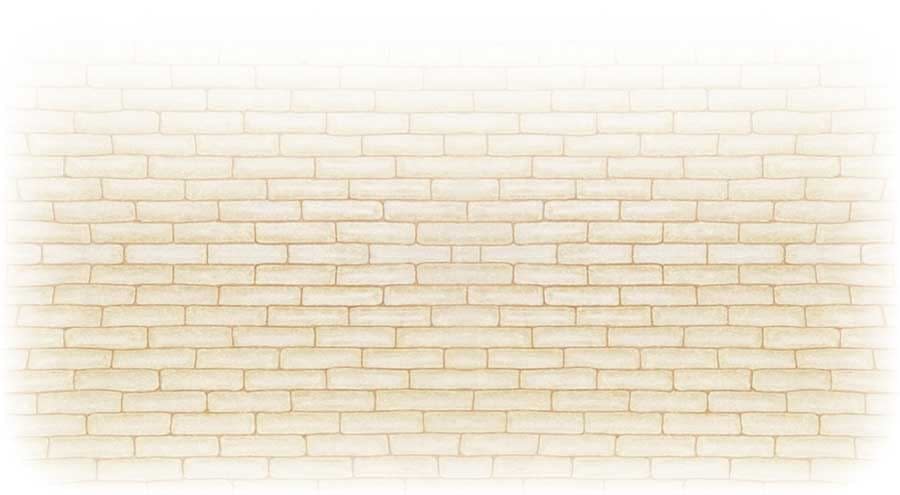they’ve been used for millennia by indigenous communities and industrialized nations alike, with many outlasting the civilizations themselves. Earthbags in their current form were developed for NASA as a way to build shelters on the moon using the only locally available building material, lunar soil. They’ve since seen a vast catalog of improvements as a passionate global community has adapted the technique to suit every life-sustaining climate on Earth. Often providing disaster relief and resistance to those on the frontlines of climate catastrophe, but also a building style incorporated by groundbreaking architects whose modern designs take full advantage of the curved earthen aesthetic.
Each bag is filled with a mixture of moistened sand and clay, laid into position along the wall, and once an entire layer has been placed all of the bags are tamped tightly together, interlocking the jagged sand particles as the clay glues them into an adobe-like brick that is no longer reliant on the support of the bag. Now add two strands of barbed wire to act as a “velcro strip” as it provides tensile strength, and repeat, resulting in a monolithic structure capable of withstanding the harshest of environmental challenges.
Straight and square walls are easily achieved for a more conventional appeal, but we’ll begin with a focus on round domes to get the most structural integrity available through this process. A dome is the strongest shape on Earth. It is the most efficiently climate controlled as energy flows in spirals, unimpeded by vibration dampening corners and unused attic spaces. And a single building process from floor to ceiling is not only the most cost effective, but also makes possible a one-person build, as the basic technique is the same from start to finish, although we’re hoping not to do this one alone.
But even if we do, that’s the beauty of the whole thing, the simple assembly line can easily incorporate dozens of untrained helpers at once, but can also function adequately with just a couple of us. The flexible scope of the project will determine its own span, the greater the interest in community-built housing, the larger the community crew at our disposal. And if it’s just a few of us for phase one, that’s perfect too, as we’ll only need to construct a handful of houses during our first season. In many cultures, the people come together to build a home for each new family that blooms into the community, this way of life not only sets everyone up for success along their own journeys, it also fosters a sense of communal togetherness that has always been critical for the health of humankind.

